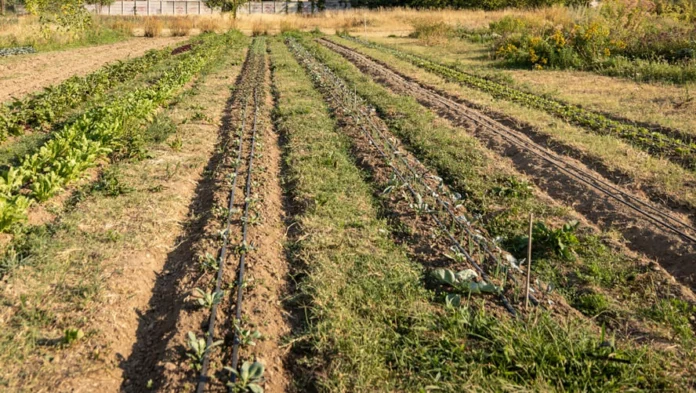
Restoring fertility to soils compromised by heavy metals is the goal of RETURN, an ambitious national project funded by the PNRR. Coordinated by ENEA, the program involves 26 partners including universities, research institutions, and public and private organizations, aiming to strengthen research on environmental risks and promote sustainable solutions for environmental regeneration.
The case study of Ingurtosu in Sardinia
At the heart of the project, ENEA is conducting an experiment at the decommissioned mining site of Ingurtosu, in the southwest of Sardinia. Located within the UNESCO-sponsored historical and environmental geomining park, this area has been marked by decades of mining activities that left behind a soil heavily polluted with lead and zinc.
Natural strategies for remediation
The initiative falls under the thematic area of “Environmental degradation” and focuses on the collaboration between native plants and indigenous bacteria. Researchers are applying the bioaugmentation technique, introducing 11 bacterial strains directly isolated from mining waste into the soil. These microorganisms, capable of surviving in harsh environments, stimulate plant growth and improve soil quality and microbial biodiversity.
Towards a sustainable model
“Plants struggle to grow in contaminated soil, but bacteria can support their rooting by producing nutrients and helping to immobilize heavy metals,” explains Chiara Alisi, ENEA researcher. The activities, which began back in 2011 with the University of Cagliari, have shown that the interaction between spontaneous vegetation and soil microbes can reduce the danger of pollutants. In particular, the cultivation of helichrysum, a species typical of the area, is playing a crucial role in the recovery phase.
The encouraging results support the creation of a replicable model, with positive effects on both the local ecosystem and public health.